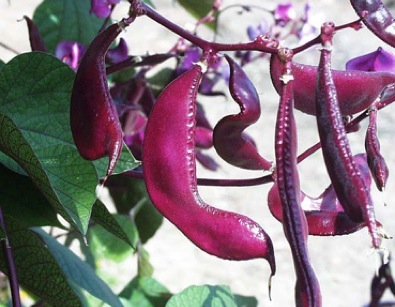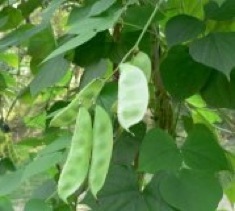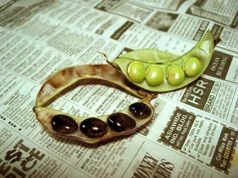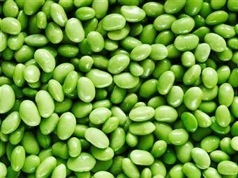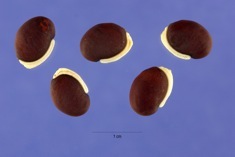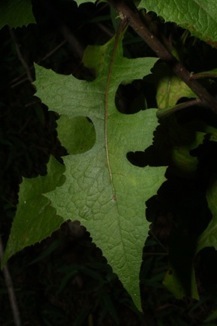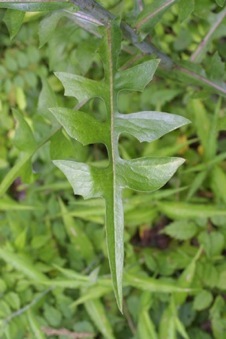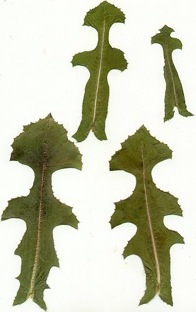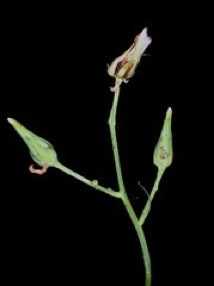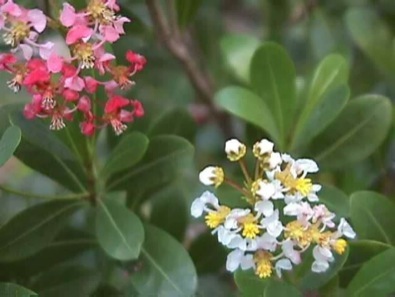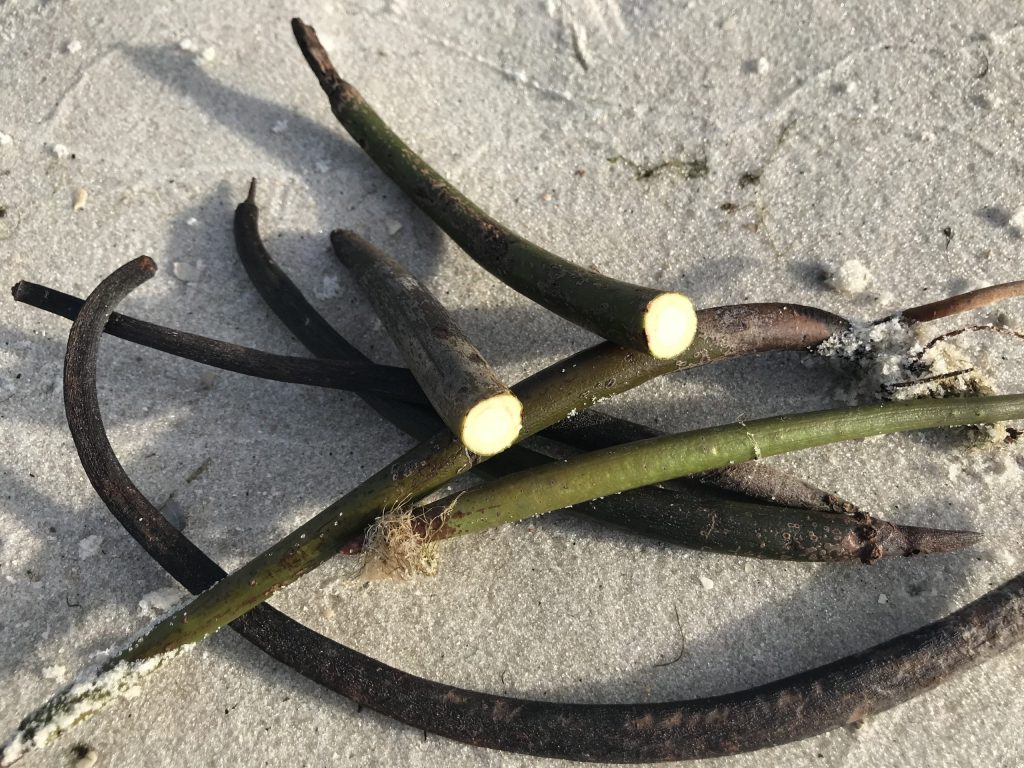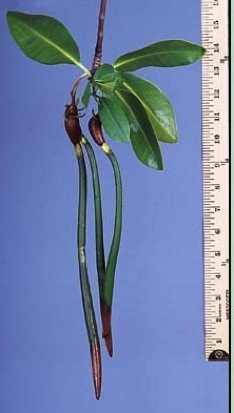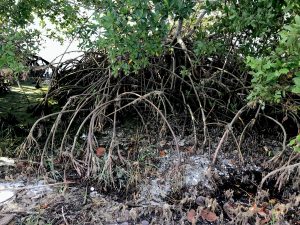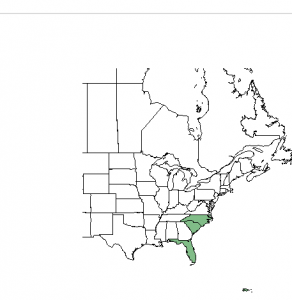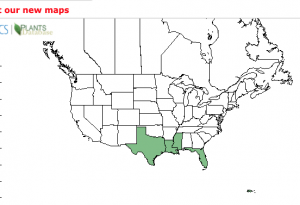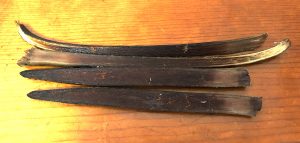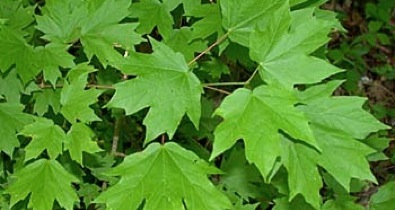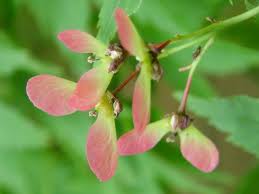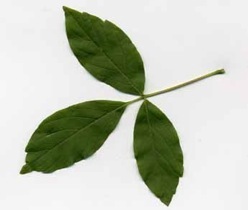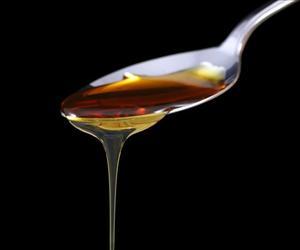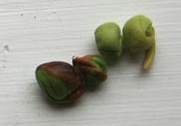Hyacinth Bean: Purple Protein, and More
I’ve never understood the brouhaha over the Hyacinth Bean. Is it edible or is it not?
A monograph in the Journal of Economic Botany (1962, Vol 17:146-153) states on page 150 in reference to the Dolichos lablab:
“For food, usually other varieties of Doliehos which have tender pods are grown, but they require better soil and more water. The bean of Dolichos [lablab] from Angola is eaten in that country, as well as in the vicinity of Val de Pahnas. It was introduced by letting neighbors harvest the pods, of which they could keep half as payment for their labor. Beating the dry pods with a stick will easily free the beans. On the farm, the maize-threshing machine was used. As food, the beans can be prepared in many different ways. They are tasty and eaten like other beans or as a salad, though they have to be cooked longer than ordinary beans.”
Thus the beans are edible. They just have to be cooked longer than other beans, and for good reason. But, the issue does not stop there. In Edible Wild Plants of Eastern North America (Merritt Fernald and Alfried Kinsey 1958) it states on page 256:
“The ornamental hyacinth bean, with showy purple or white flowers in long and interrupted spike-like clusters and large pods about one inch broad, is cultivated chiefly for ornament southward and has escaped to roadsides and thickets northwards to the District of Columbia and Ohio. In the Far East, where it is native, the young foliage, tender young pods and fresh inflorescences are eaten either raw or steamed, while the beans are cooked.”
And in The Encyclopedia of Edible Plants of North America by Dr. Francois Couplan (1998) he states on page 252:
“Originally from tropical Asia, the plant is cultivated on our continent, mostly for ornament, and is found as an escape in southern regions. Young leaves, flowers, and tender, immature pods are edible raw or cooked. The ripe seeds are eaten cooked, either boiled or roasted. In Asia, they are made into noodles. The Hyacinth Bean is cultivated as a vegetable throughout the tropics. Many local species are used as food in tropical Asia, Africa, America and Australia.”
So, what’s the catch? There is one: Mature and dry beans have got a high amount of cyanogenic glycosides in them. Not good for you. Mature or dry beans must not be eaten raw. They have to be cooked. That means boiling soft raw mature beans or roasting as heat drives away the toxin. If they have dried — read they are hard — that means soaking overnight then boiling them a long time in a lot of water. Or, boil unsoaked dry beans in a lot of water twice. Actually, that is what one often has to so with many dried beans. And the older any bean is the longer you have to cook it.
So there is a toxin and some judgement is needed. If I have fresh mature beans — like the green ones right — it’s a long boil in a lot of water or a roast. If I have dry mature beans — also right — it’s a soak and two boils. When you cook the bean it has a very strong bean odor and it looses its color, as a lot of beans do. Very young pods with immature seeds can also be boiled and eaten. Also, do NOT drink or use the boiling water.
Thus the Hyacinth Bean, aka Bonavista Bean, is suitable for the herb pot or the bean pot. Here’s another reason why: The leaves are more than 28% protein, 12% fiber, 7% minerals and 7% fat, eaten freshed or dried. They are an excellent source of iron and magnesium as well as a good source of phosphorus, zinc, copper, and thiamin. Beyond that, sprouts are edible and the cooked root is full of edible starch. You can even ferment the beans as with soy or make tofu. See recipes below.
There are also several cultivars, emphasizing this or that quality, such as red flowers or longer beans or larger roots. Two common ones are Ruby Moon, and White. Two cultivars widely grown as crops are ‘Highworth’ from India, which is early maturing with purple flowers and black seeds. ‘Rongai’, from Kenya, is late-maturing with white flowers and light brown seeds.
We’ve known, in writing, since the 700s that the bean was edible. As mentioned above it was affirmed in 1958 by nationally known experts, mentioned as edible in a scholarly journal in 1962, in various publications since then, and in an encyclopedia in 1998 written by another PhD. And yet, one can find articles less than a year old on the internet saying the bean or the blossom is not edible. Those people just do not do their homework.
Botanically the bean is Dolichos lablab or Lablab purpureus. Dolichos (DOE-lee-kos) is from the Greek “dolikhos” meaning long or elongated. Purpureus (pur-PUR-ee-us) means purple. Lablab (LAB-lab) is the aboriginal name for the bean.
I planted the bean several years ago on a guy-wire. I grew well but not greatly, but I also ignored it to see how it would do.
Green Deane’s “Itemized” Plant Profile
IDENTIFICATION: Purplish green leaves, each with three leaflets, each 3 to 6 inches long, shaped like a broad oval or loose triangle, attractive bean-like flowers, purple, white, rose, reddish in a flower cluster on short stalks along a long main stem. Vine can reach 10 feet long in one season, 30 feet over a years.
TIME OF YEAR:A bsent of a frost or freeze the bean will flower within three months of planting and fruit for most of the year.
ENVIRONMENT: Likes full sun, moist soil, will not tolerate shade.
METHOD OF PREPARATION: Numerous. Young leaves edible fresh or dried, young pods with immature seeds, edible cooked. Flowers and sprouts edible raw or cooked. Older non-dry beans cooked. Dry beans soaked and cooked in two changes of water. Older beans, leaves and pods strong in flavor and texture. Young and tender is better and safer. Roots cooked.
Hyacinth Bean Curry
By Bhakti Satalkar
The list of ingredients for this recipe are indeed long. However, it will not take very long to make the curry.
Ingredients
* 1 cup peeled and soaked hyacinth beans
* 2 onions, chopped
* 3 tomatoes, chopped
* 2 tbsp coconut paste
* ½ tsp ginger paste
* ½ tsp garlic paste
* ½ tsp fennel seeds
* 1 tsp chili powder
* 1 tsp coriander powder
* ¼ tsp turmeric powder
* 1 tbsp oil
* 2 to 3 Curry leaves
* Coriander leaves and mustard seeds for seasoning
* Salt to taste
Method
* In a blender, blend coconut paste and fennel seeds together.
* In a pan, heat oil and add mustard seeds, onions, ginger paste, garlic paste and turmeric powder.
* Saute the onions, till they are translucent.
* Add tomatoes and continue to stir.
* Add salt as per taste and continue to stir.
* After the onions and tomatoes are well cooked, add coriander powder and chili powder to the mixture.
* Now add peeled beans and fry well.
* After 5 to 7 minutes, add coconut and fennel paste and water to the mixture.
* Cover with lid and let it cook for 10 to 12 minutes.
* After the beans are well cooked add chopped coriander leaves and serve hot.
Hyacinth Bean Rice
By Bhakti Satalkar
I often make this rice. This is the recipe I use, when I come back late from work. You can alternately make the rice in the slow cooker as well.
Ingredients
* 1 cup rice
* ¼ cup soaked and peeled hyacinth bean
* ½ tsp chili powder
* ½ tsp turmeric powder
* ½ tsp coriander powder
* 1 tbsp grated coconut
* ½ tsp fennel seeds
* ½ tsp mustard seeds
* 1 tsp oil
* Salt to taste
Method
* In a pot, heat oil.
* When the oil is hot, add mustard seeds to it, followed by turmeric powder, coriander powder, chili powder.
* Stir the mixture well.
* Then add the soaked and peeled hyacinth beans and let it cook for a minute.
* In the meantime grind, coconut and fennel seeds together.
* Add the coconut, fennel paste to the mixture and stir well.
* Add soaked rice and let it cook.
* Serve hot.
Hyacinth Bean, Eggplant in a spicy gravy Recipe
By Srivalli, cooking4allseasons@gmail.com
Ingredients Needed:
Hyacinth beans, 1 cup
Eggplant, – 2 medium
Onions – 2 medium
Tomatoes – 2 medium
Chili powder – 1 tsp
Coriander powder – 1 tsp
Salt to taste
Oil – 2 tsp
Coriander leaves for garnish
For Tempering
Mustard Seeds, Urad Dal – 1/2 tsp
Curry leaves – few
For the ground Masala:
Fresh Coconut – 2 -3 tbsp
Green Chili – 1 – 2 (as per taste)
Fresh Coriander leaves – 2 -3 tbsp
Cloves – 2 -3
Cinnamon – 2″
Ginger Garlic paste – 1/2 tsp

